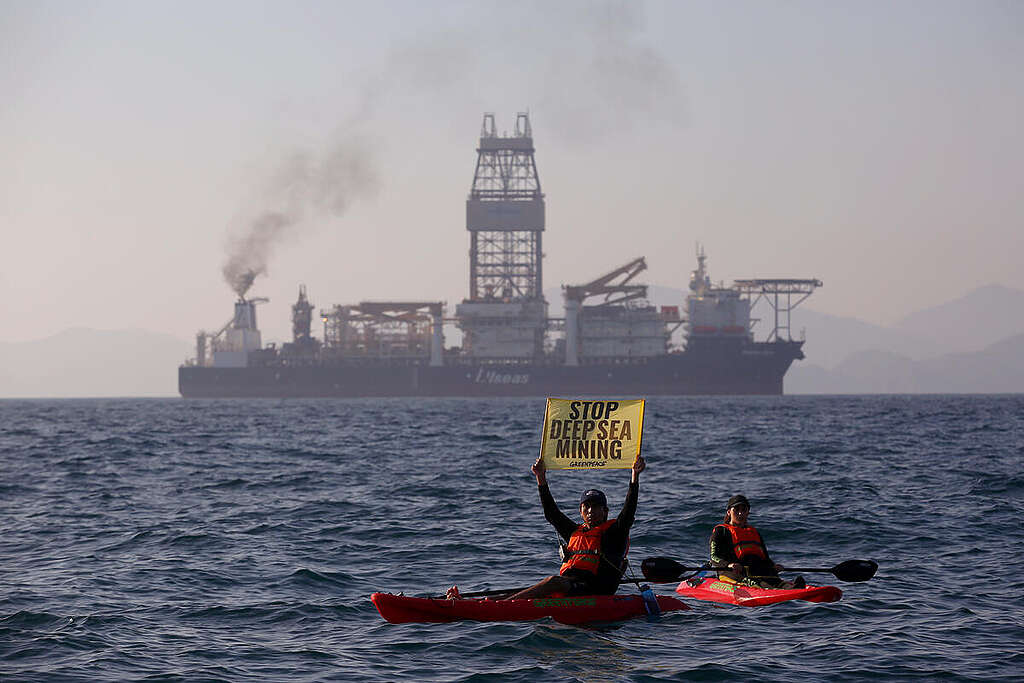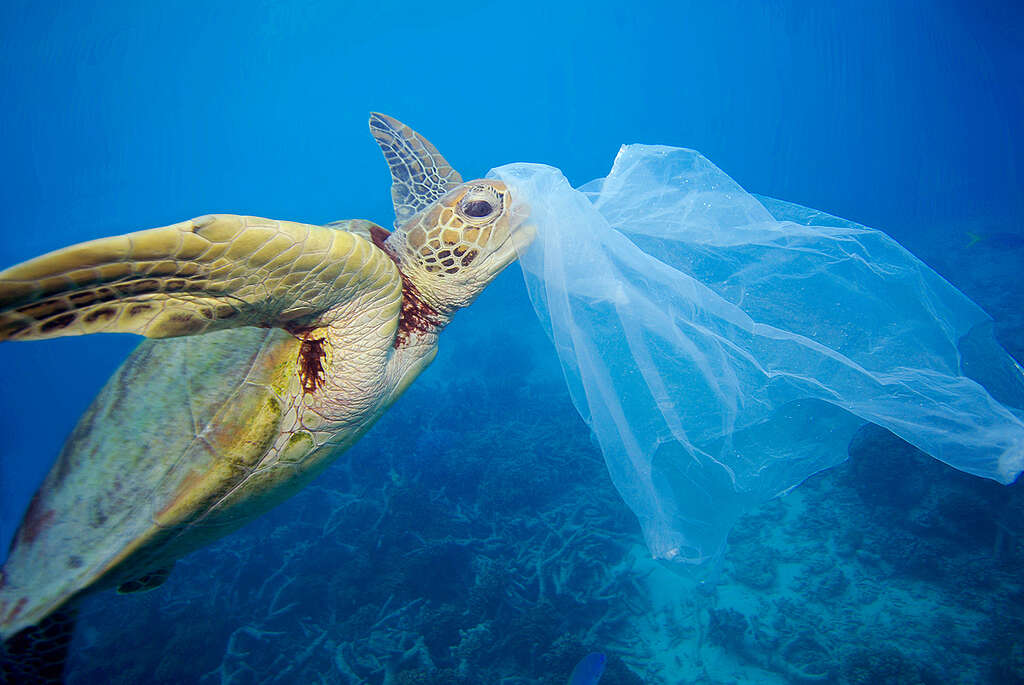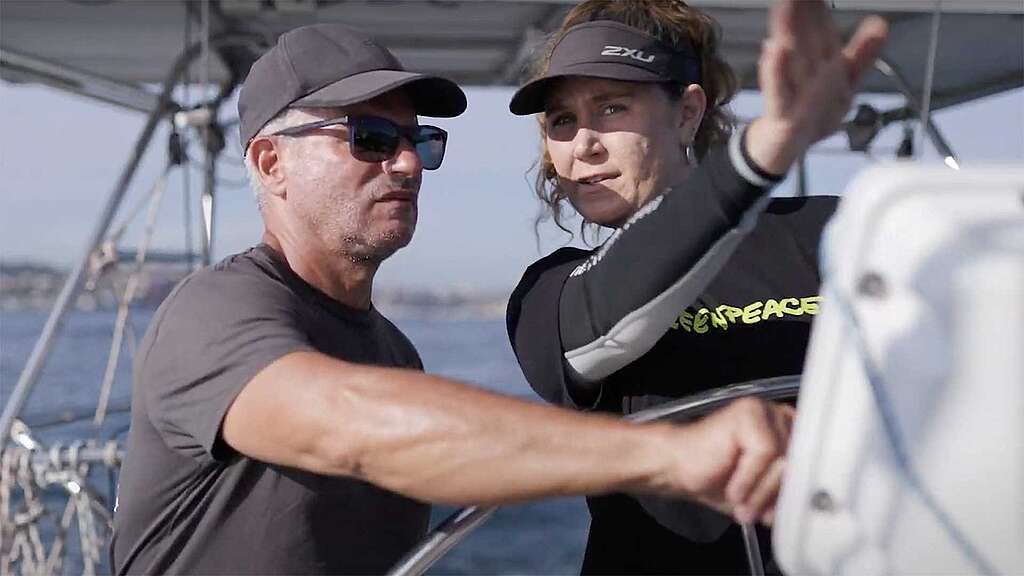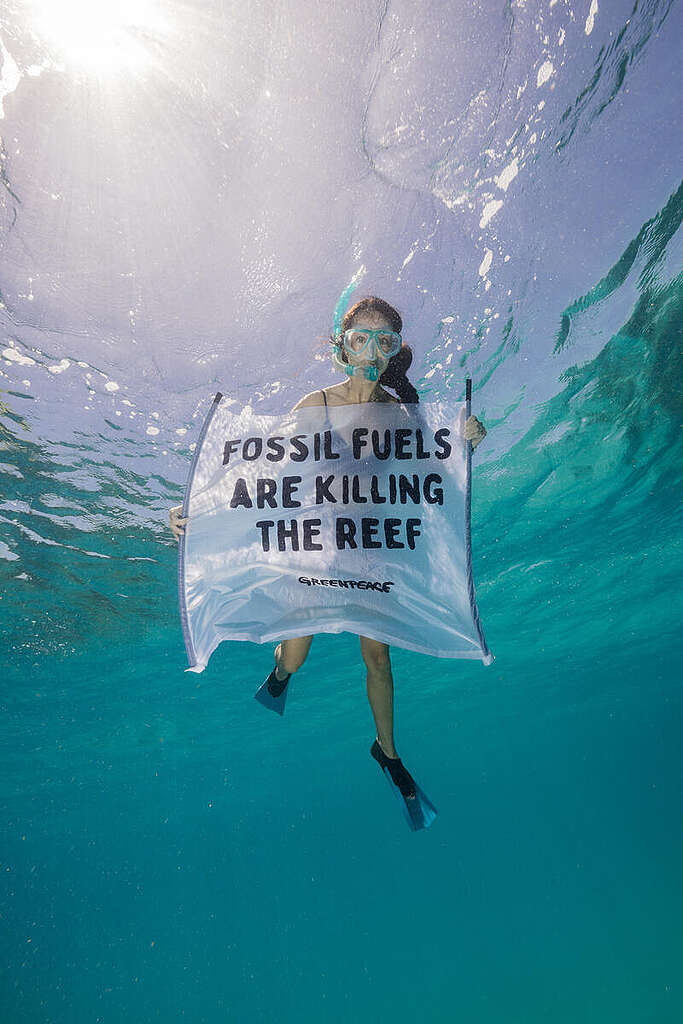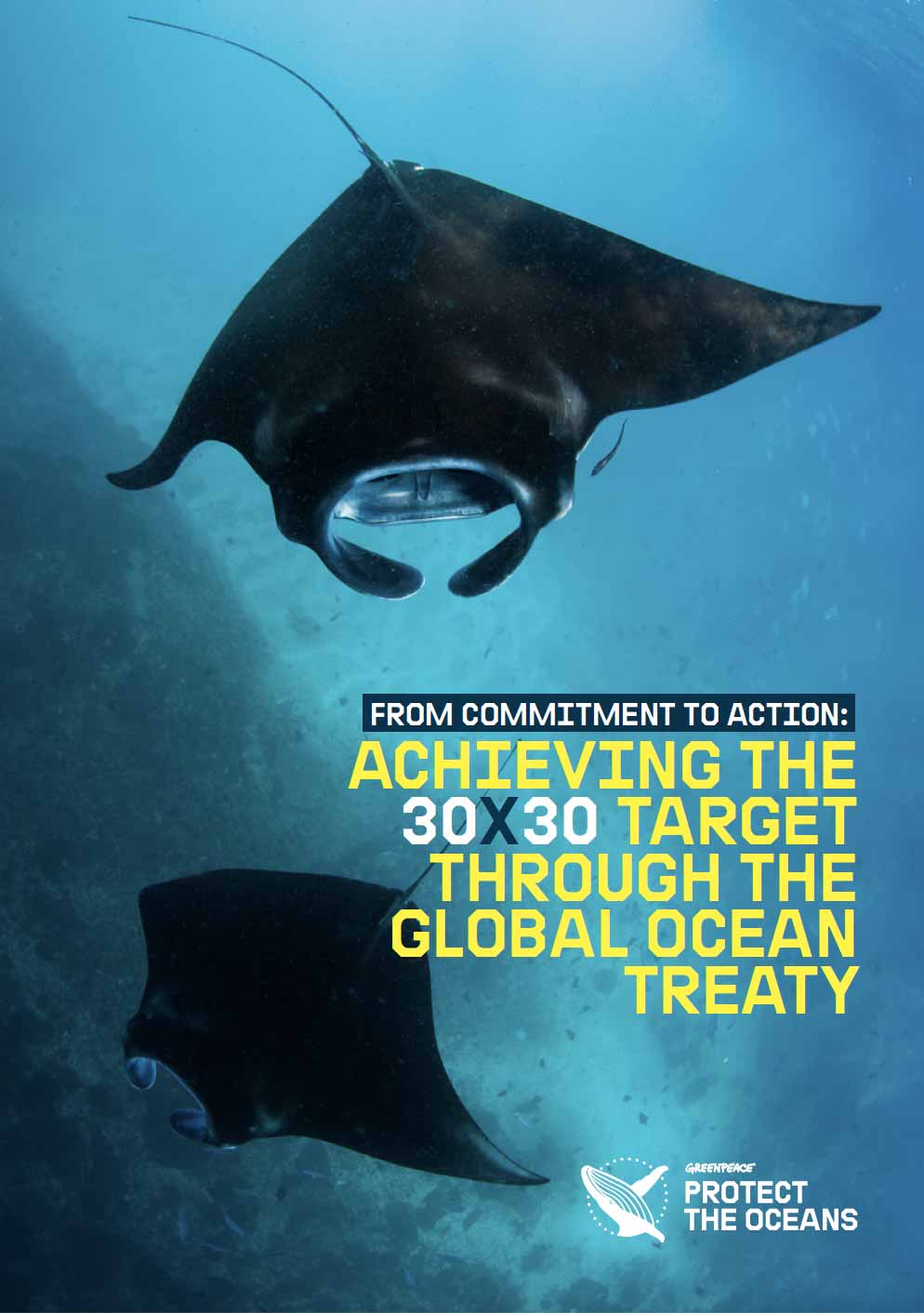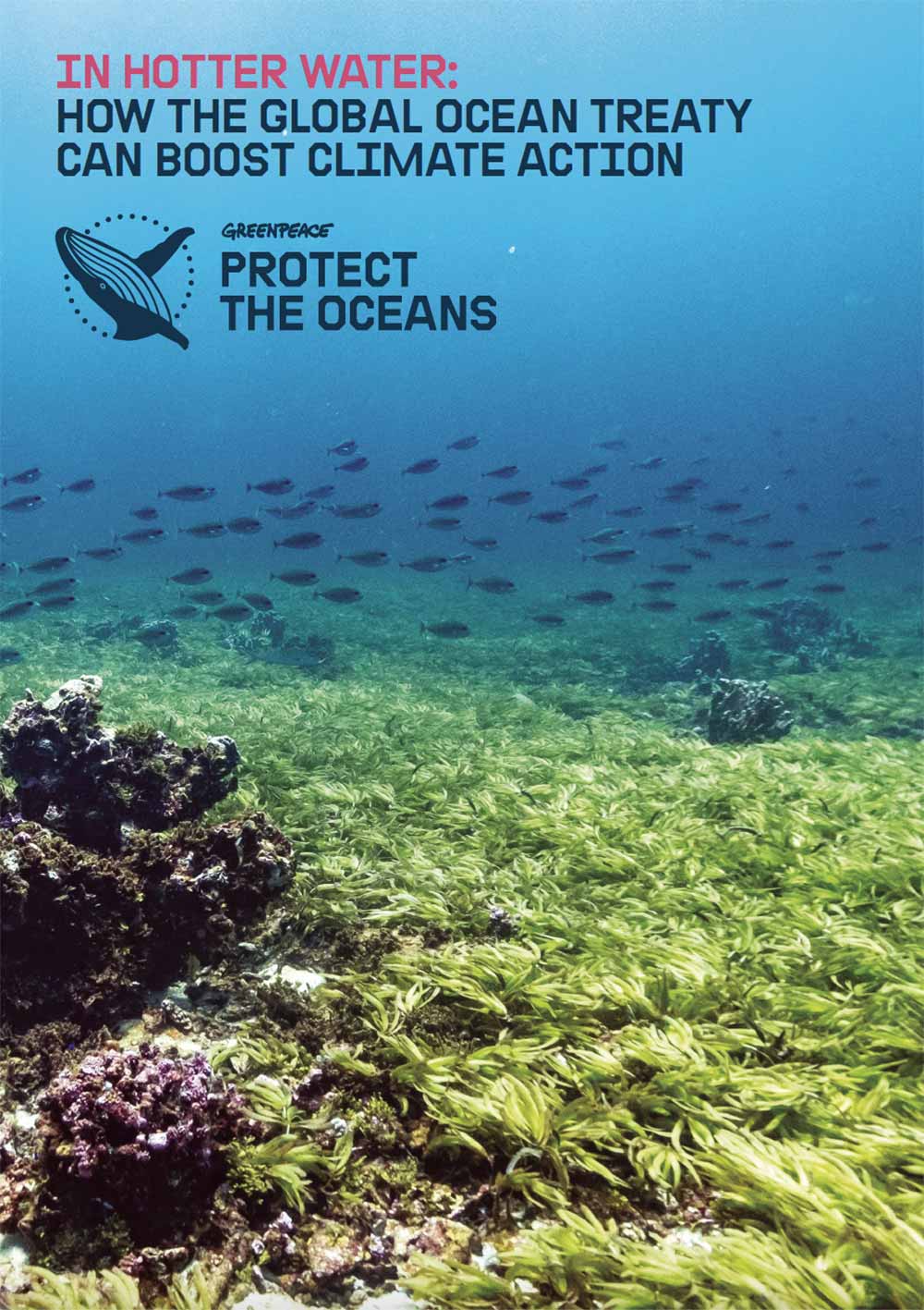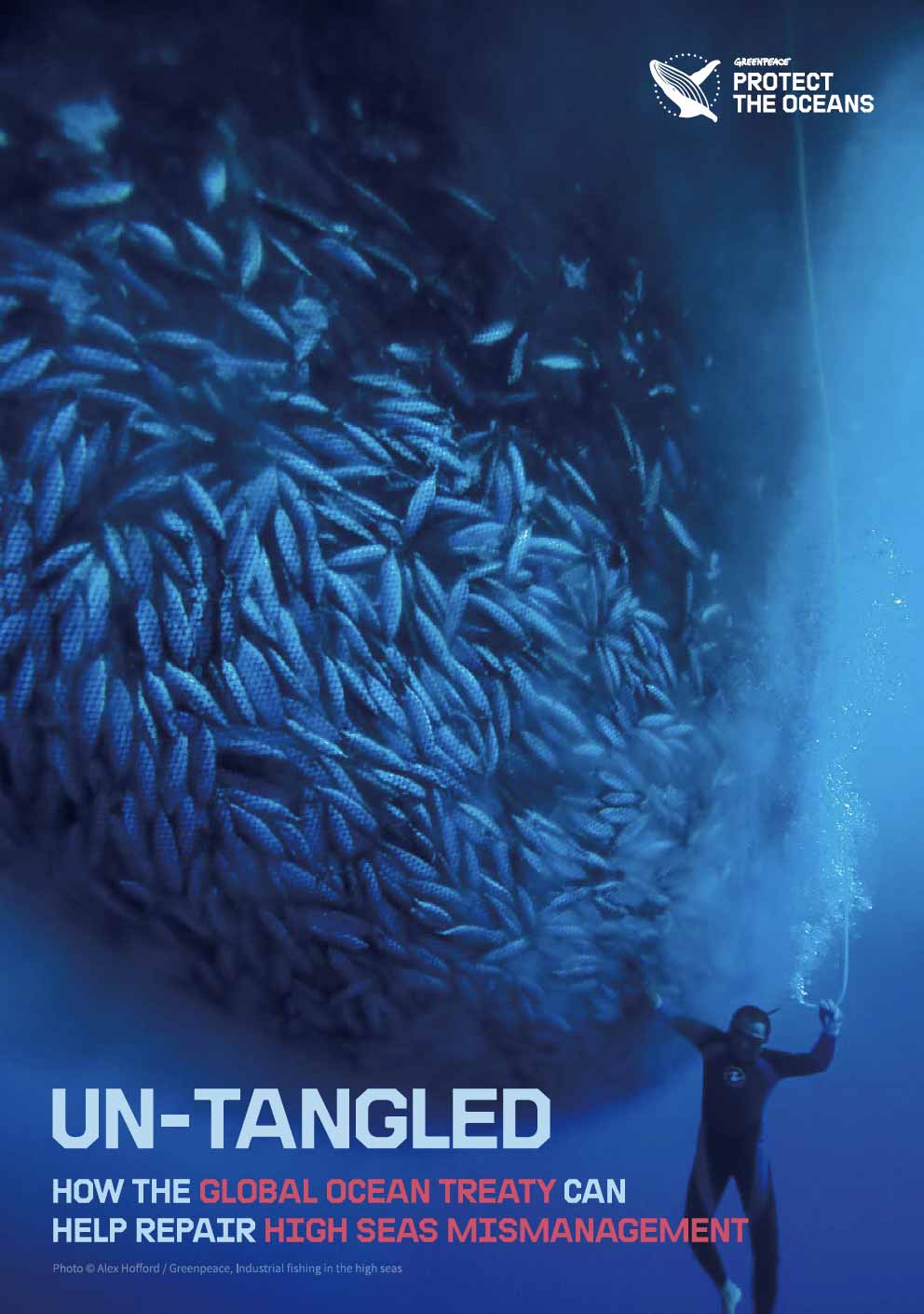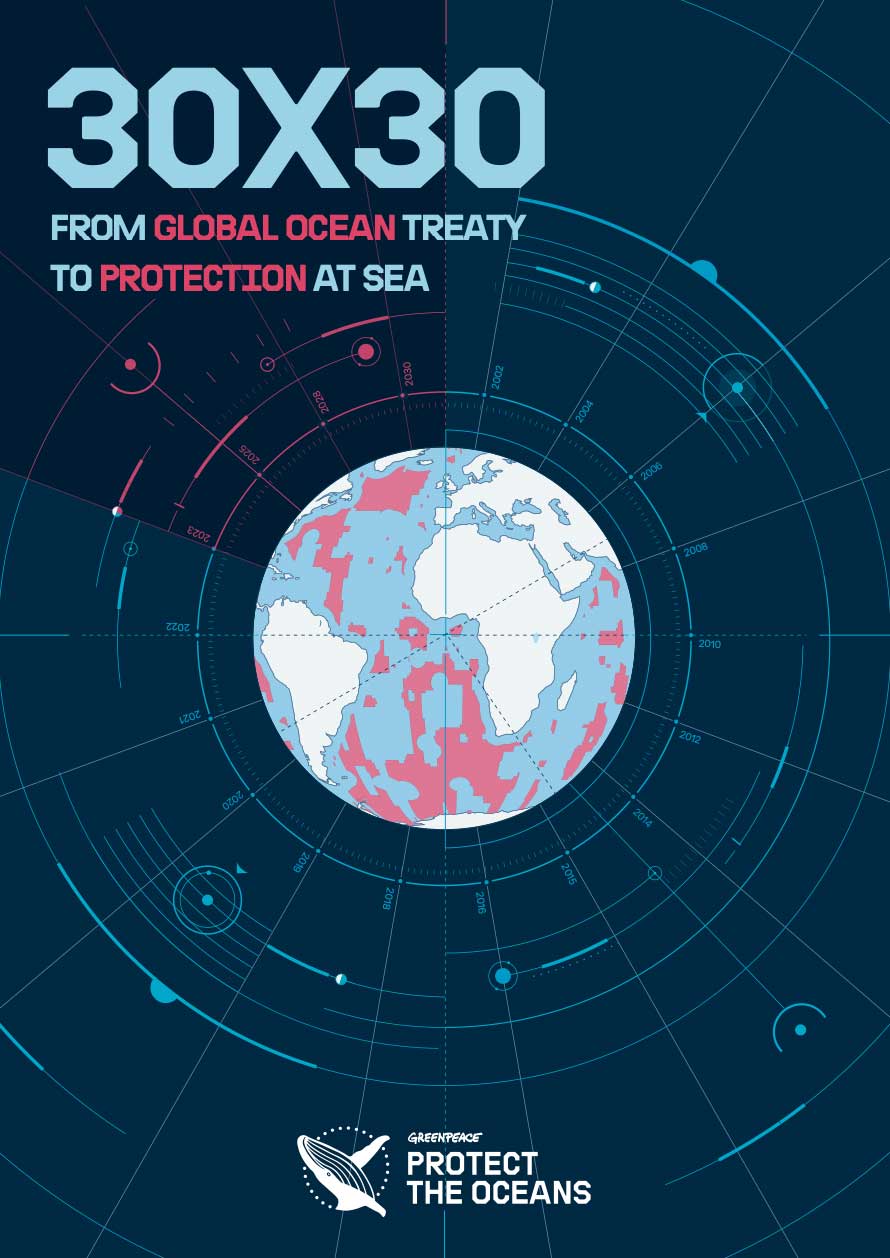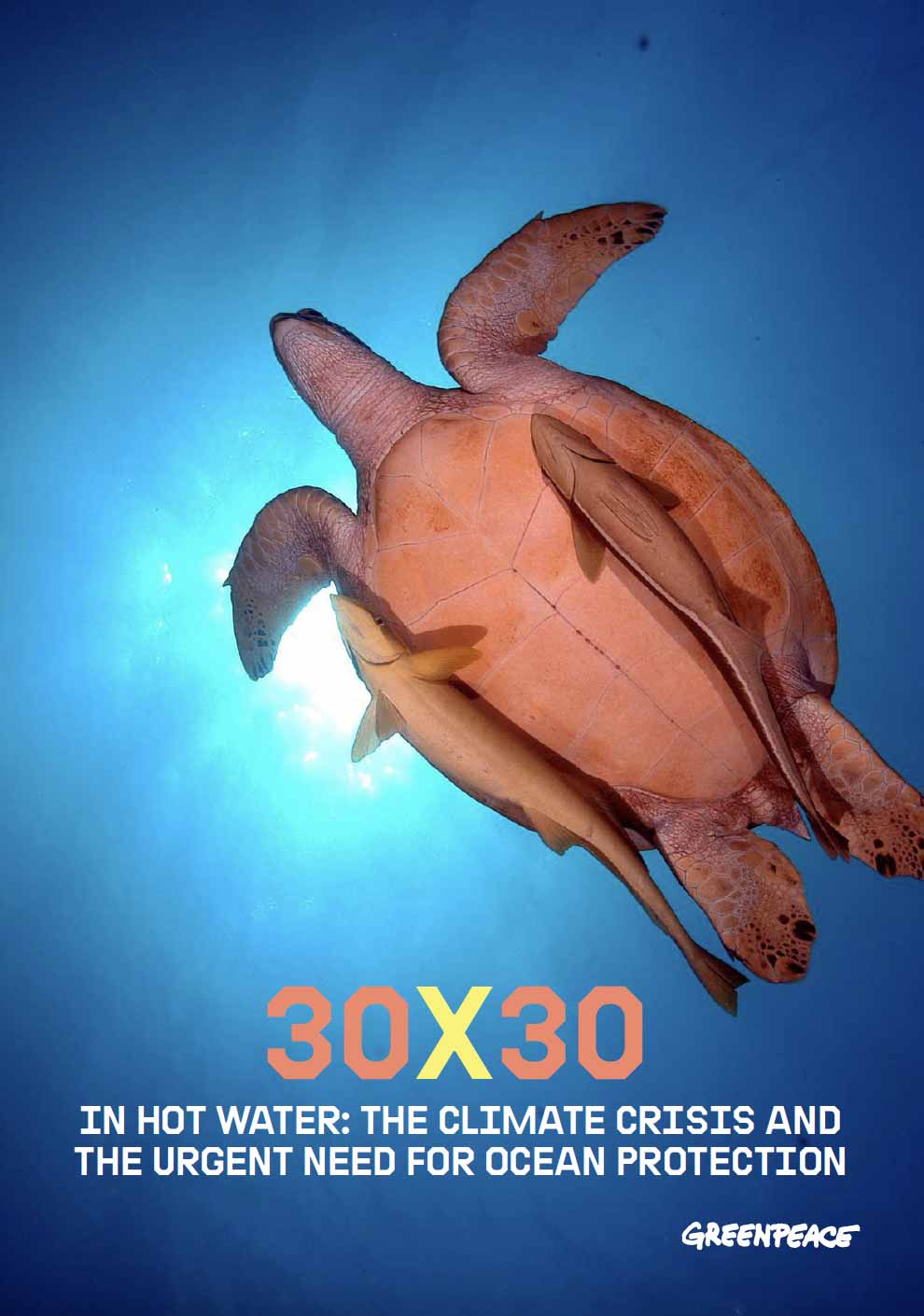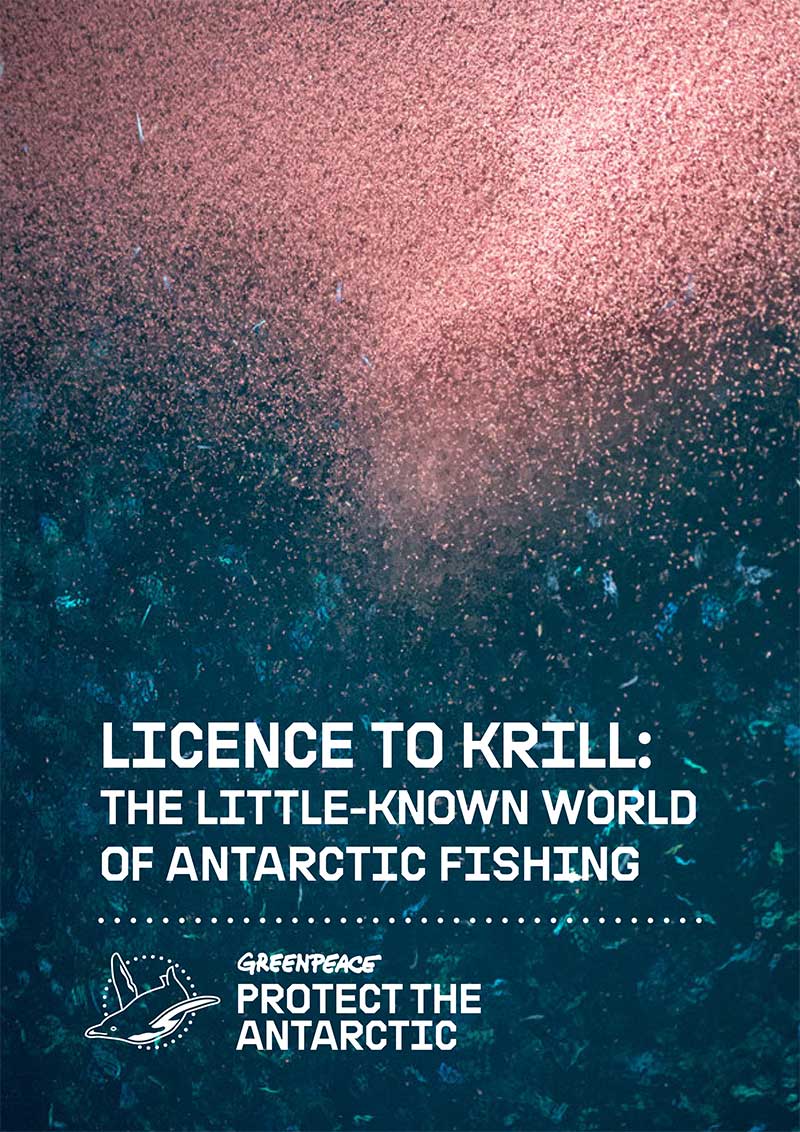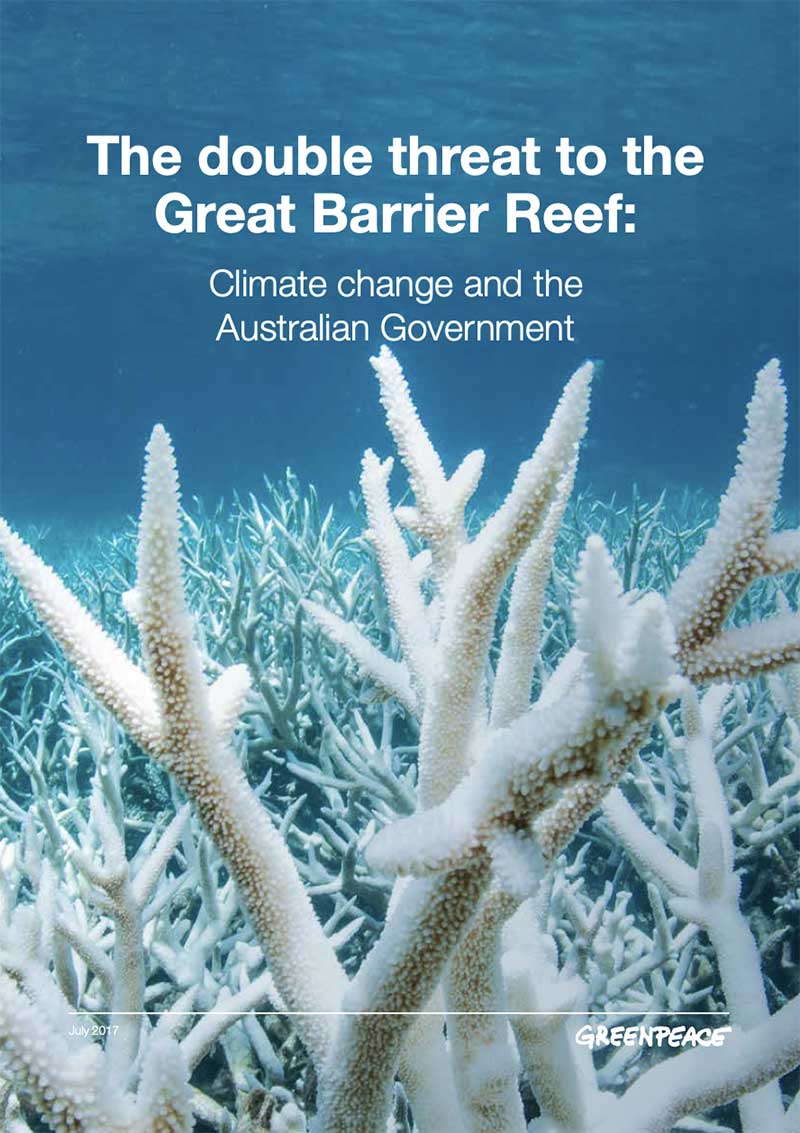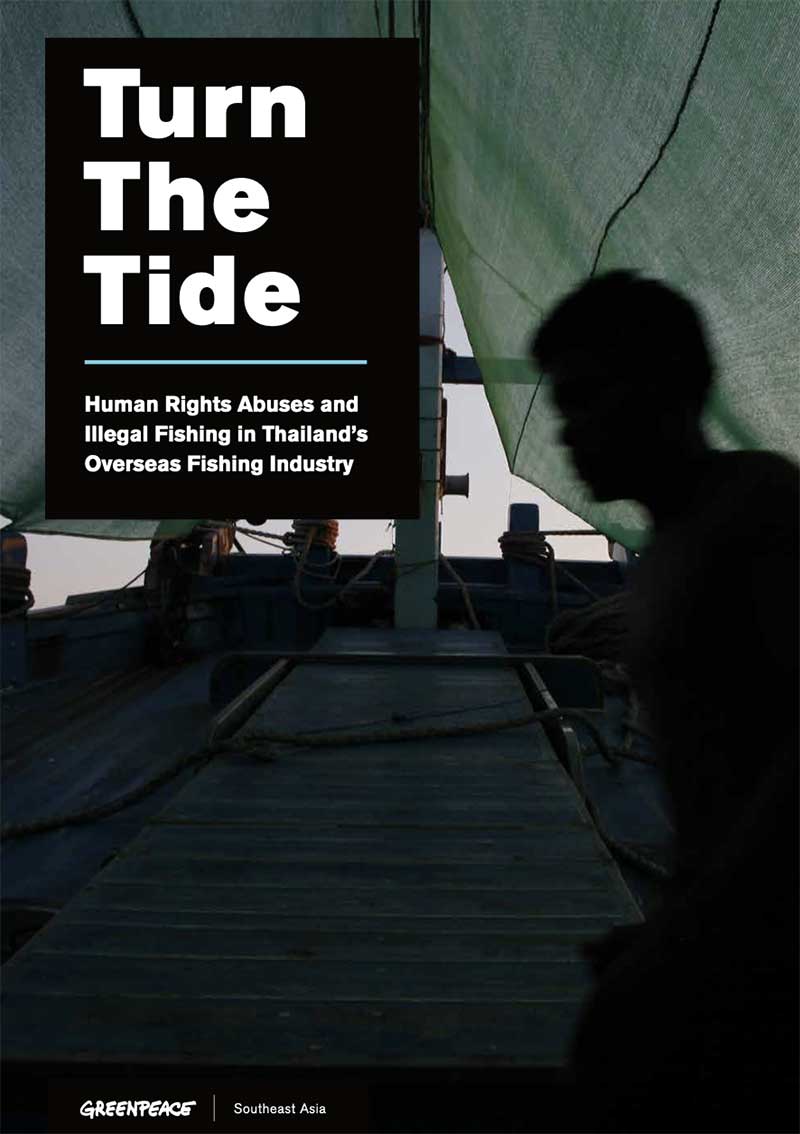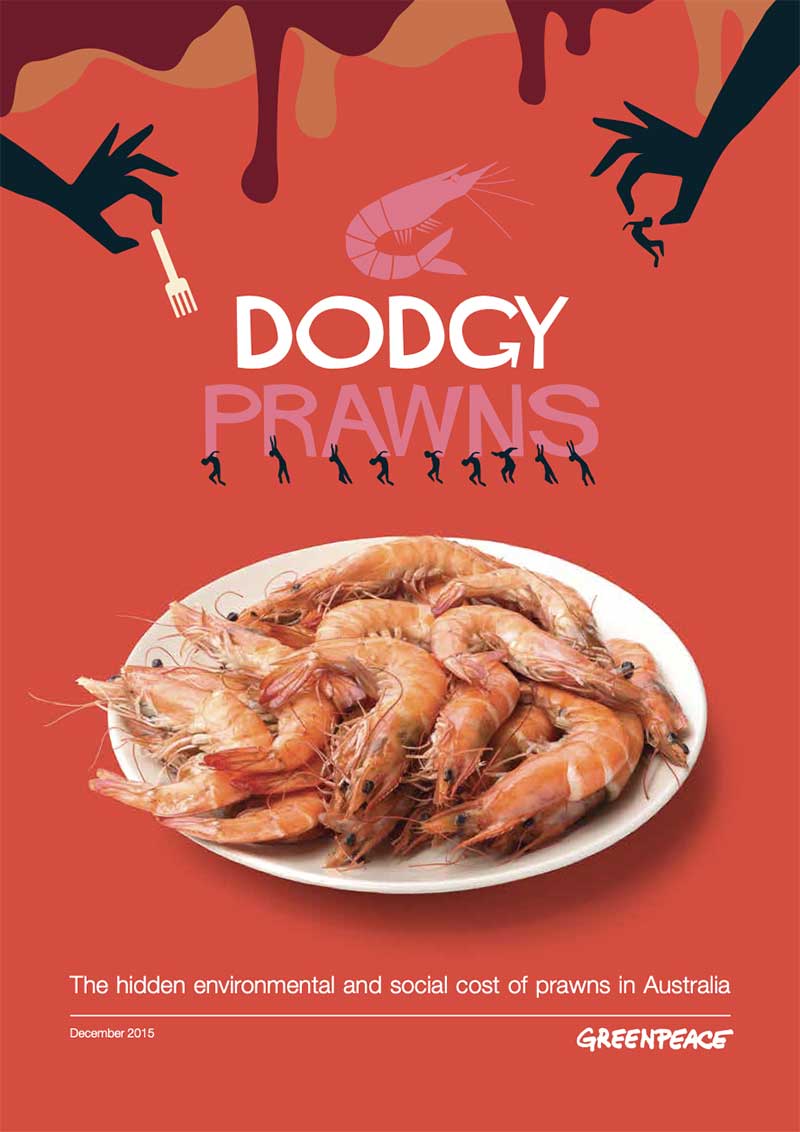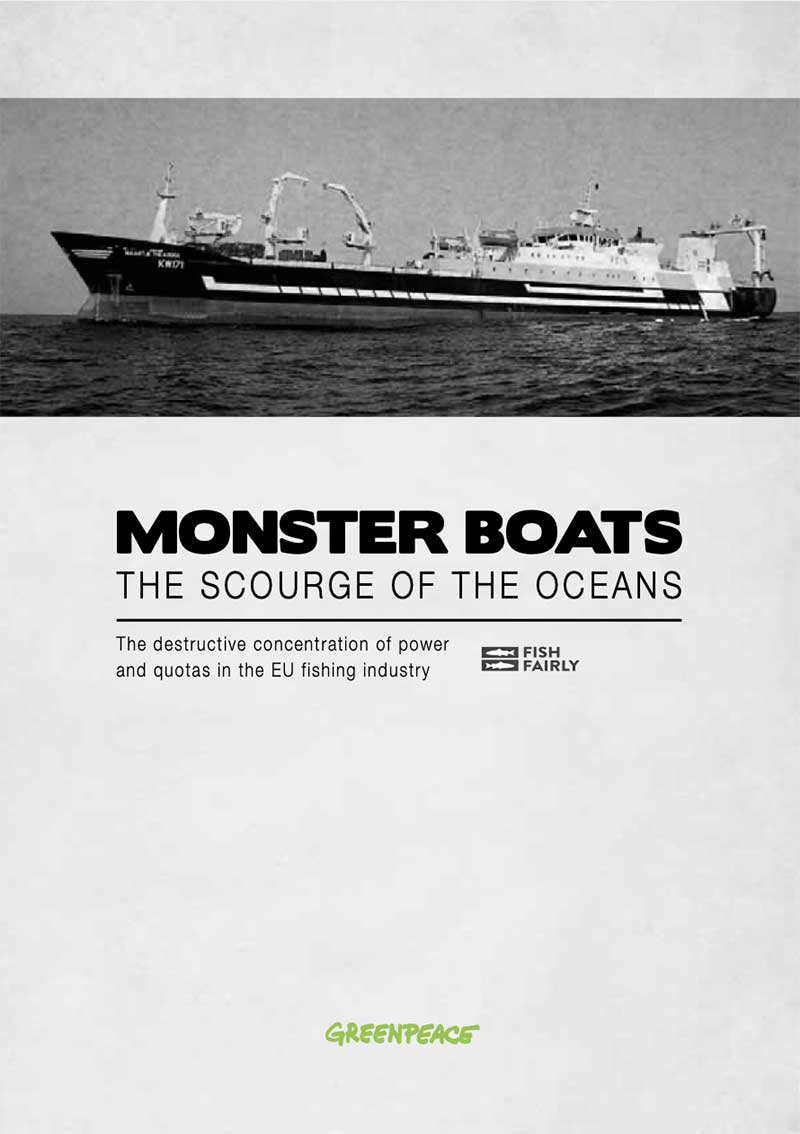Antarctica
The Southern Ocean, the waters which encircle Antarctica, is a critical area for climate regulation and marine biodiversity – but every day, its threats are mounting.
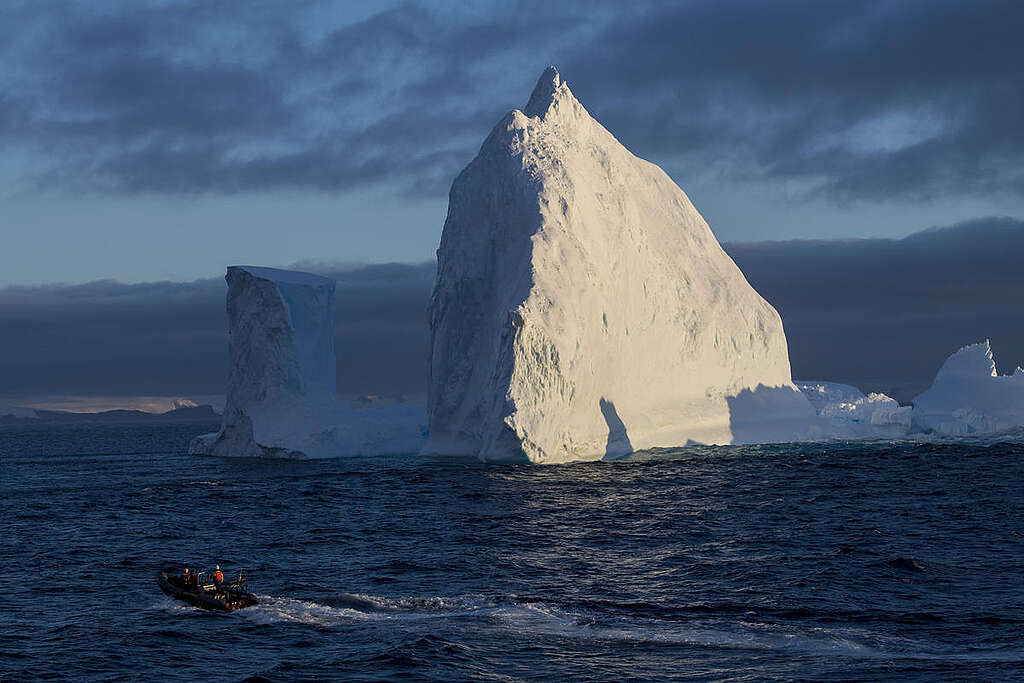
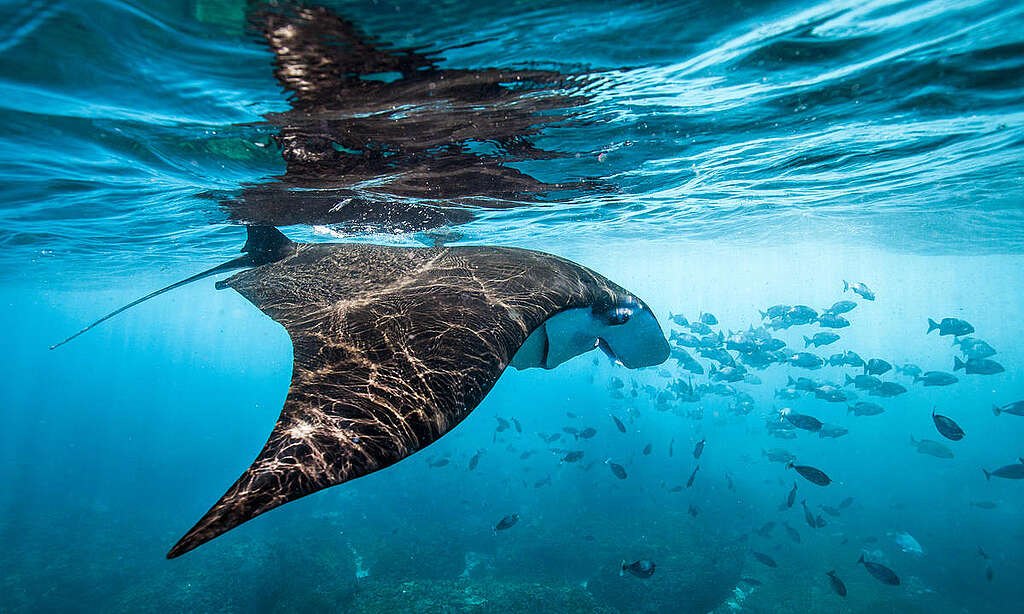
Sign our petition to call on the Australian government to urgently ratify the Global Oceans Treaty, and create a sanctuary for the South Tasman Sea and Lord Howe Rise.
Sign petitionThe problem
Rising global temperatures and overfishing are deteriorating Antarctica’s delicate ecosystem.
The Antarctic Ocean Commission (CCAMLR) has the power and authority to support proposals for marine protected areas that have already been tabled to protect four million square kilometres of ocean now.
But for the last six years, no new MPAs have been created. In fact, less than 5% of Antarctica’s waters are protected. And krill populations are rapidly declining because of this.
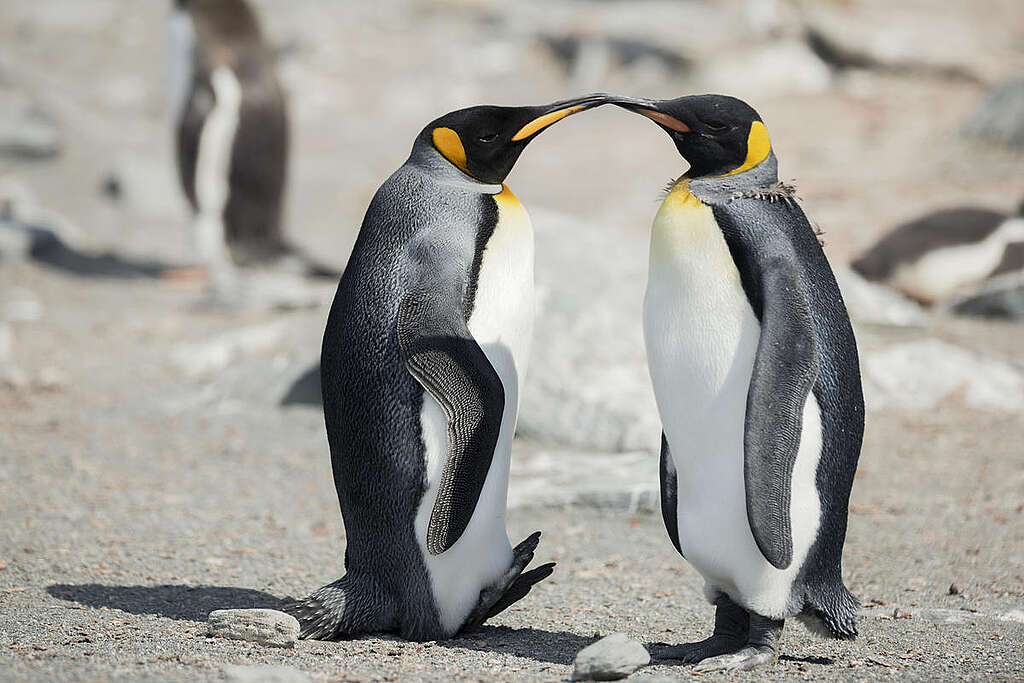
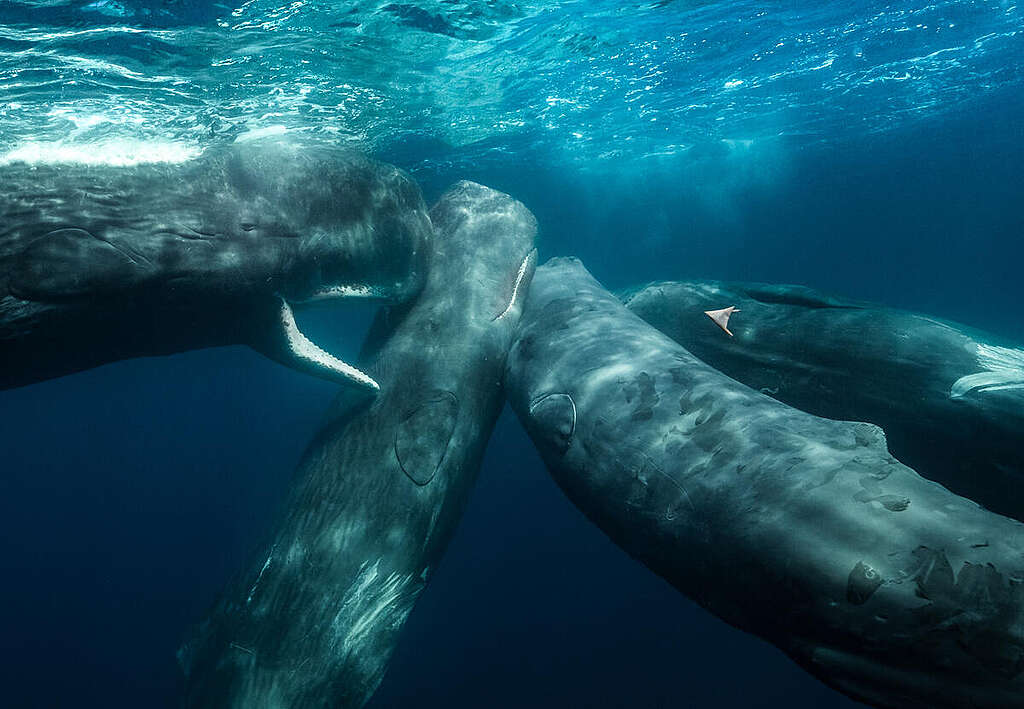
We need ocean protection now
Unlike the CCAMLR’s failed efforts, the Global Ocean Treaty is a tool that can make ocean protection a reality. We urgently need to ratify this Treaty for 30% of our oceans to be protected by 2030. To do this, at least 60 governments need to sign on – will you help push Australia to be the next country to ratify?
What’s the Global Ocean Treaty?

It’s the largest conservation effort in history, which aims to protect 30% of our oceans by 2030. Learn more about the Treaty here.
Krill are tiny shrimp-like creatures that live in the Antarctic Ocean and they’re pretty amazing. Not only do they emit a beautiful glowing light called bioluminescence, but life in the Antarctic literally depends on these little guys.
Blue whales, humpback whales, minke whales, Antarctic seals, fish, Adélie and Gentoo penguins all rely on krill to survive. But unfortunately, the Antarctic Ocean is open for business. The krill oil industry and commercial fishing fleets are expanding their operations in the Antarctic and decimating krill populations.
A sanctuary would see a ban on all industrial fishing in a vast area of the Antarctic Ocean, safeguarding the homes of precious marine life, and protecting the lifeblood of Antarctica’s whole ecosystem: krill.
Your donation can help secure the future of our oceans
Our work is 100% funded by people like you. A regular donation, every 4 weeks is the most effective way to ensure we can fight daily to ensure world leaders act urgently to secure the future of our oceans and all life on Earth.
Get involved
Keep informed
Together we are part of a growing, global movement determined to bring about the changes our planet desperately needs. Sign up to receive updates on our campaigns.

